CITY WALK (Day 2 - part 5)




Louis "Satchmo" Armstrong (1901 - 1971) sculpted by Elizabeth Catlett

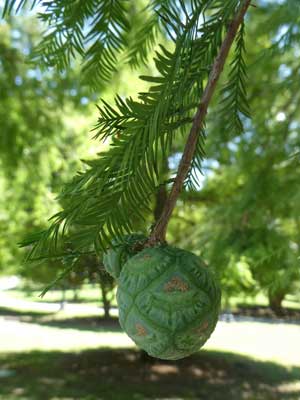
A bust of Sidney Bechet ... A dawn redwood
In 1971, some 500 seeds were taken into orbit around the moon as part of the Apollo XIV mission. The study was to see if they would be affected by weightlessness, but they germinated normally. In 1974, 100 of these now seedlings and small trees were given to the city for planting in Louis Armstrong Park, which was under construction at the time. They included redwoods, Douglas firs, sweetgums, sycamores and loblolly pines. Could the above redwood be a space tree??

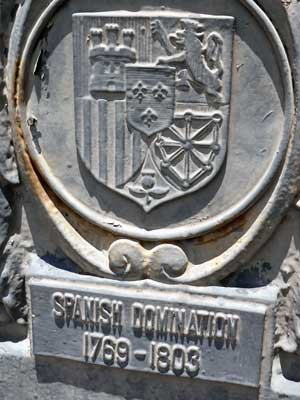


Adjacent to the park was Congo Square.
In 1685, King Louis XIV of France issued the Code Noir (Black Code), which served as the code for slavery conduct in the French colonies. It applied to anyone with 1/64th African heritage (including both enslaved and free people). In Louisiana, it was observed from 1724 until 1789 (the start of the French Revolution).
It was an odd mixture of "good" (since no slavery is good) and bad. It outlawed torture or mutilation (by anyone except royal authority) and required food and clothing allowances. Slaves had Sundays and holidays off, the right to petition a public prosecutor if they were mistreated, and young children had to be sold with their mothers. Free black men could receive an education, run businesses and own property, including slaves of their own. Overall, it led to an increase in the free population in that slaves could buy their freedom. On the other hand, enslaved people had to give up their own religions and be baptized into the Catholic faith, could have their ears and hamstrings severed if they ran away repeatedly, could be put to death by the government for various reasons, and were allowed to be beaten by their owners if it felt deserved.
Ironically, even though enslaved people were given Sundays off, there were no laws giving them the right to congregate. At first they did so stealthily in remote places. However in 1817, the mayor of New Orleans allowed them to gather in one place and one place only... Congo Square, at the back of town. The name possibly came from people of Kongo-Angola origin, who were the largest percentage of Africans there since 1820. They could set up a market to sell goods in order to raise money to purchase their freedom, sing, dance, play music and worship. Women sold freshly-made “calas,” which closely resemble the beignet.

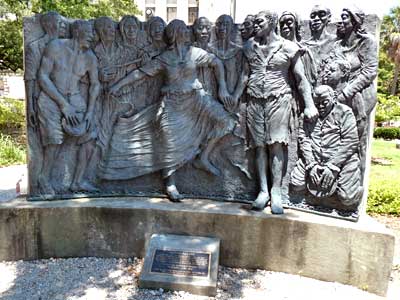


We walked on....

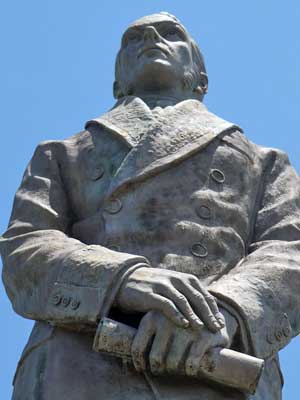
General Francisco Morazan (1792 - 1842) served as president of the Federal Republic of Central America in an attempt to transform Central America into one large and progressive nation. Unfortunately it didn't work and the area was divided up into 5 nations. He was executed in 1842. The statue was sculpted in 1965 by Mario Zamora as a gift from the people of Honduras and El Salvador in recognition of New Orleans' role as Gateway of the Americas.
We arrived at the entrance to a cemetery but were told we needed to buy tickets down the street at the visitor center.

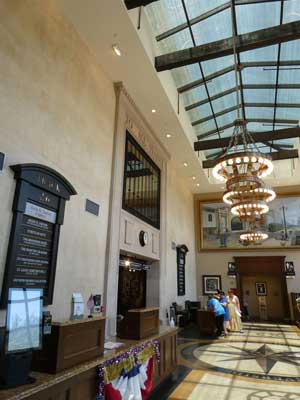
Basin St. Station is the only remaining of five train station buildings in New Orleans. Built in 1904 on the site of an old lumber mill, it was the freight and baggage office building for the Southern Railway. The property was purchased in 2003 and has served as a visitor center since 2006.


The exhibits include a replica of the front of a 1920 steam engine, a conductor's uniform, china and silver from the train dining car, model trains and train signs. These items are on loan from the private collection of New Orleans attorney Harvey Wagar. In his youth, Harvey had a fascination with trains. In the early 1980s, he attended a toy train exhibit which ignited his interest in collecting of materials from the Southern Railway.

Harvey Wagar


(left) Engine #1269 was created by metal artists Rob and Becky Wyche utilizing some original artifacts.

Steam Engine 1380 was Southern Railway's only streamlined steam locomotive, which was designed by industrial designer/artist Otto Kuhler for the Tennessean line.


The Southerner .... Engine 1401
The diesel-powered Southerner connected New York City, Atlanta and New Orleans. It debuted in 1941 with a unique green and imitation aluminum paint scheme and was in service through 1966.
Steam Engine 1401 was built in 1926 and now stands in the Smithsonian Museum of History and Technology. This engine powered the train carrying the body of President Franklin D. Roosevelt to Washington D.C. in April 1945 for his funeral.



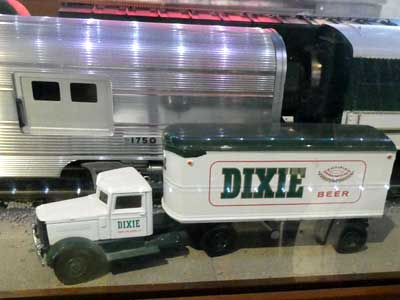




Aaaaallll aboooooard! .... This poor guy is never going to make it!
We bought our tickets for the 1 pm tour and enjoyed a refreshing lemonade while we waited indoors. It was VERY hot and humid out! It used to be free to visit the cemetery, but in 2015, someone decided to paint one of the tombs pink. So now, in order to protect it from vandalism, one can only enter via a tour.
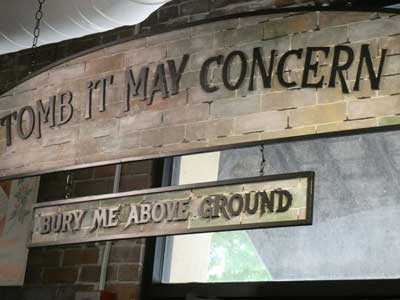

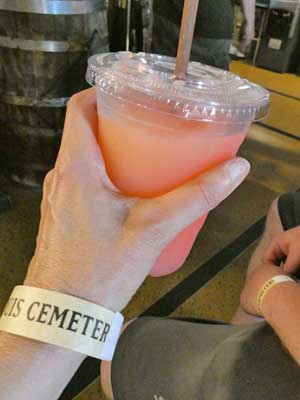
In 1788, the city suffered a large fire and a yellow fever epidemic. The small St. Peter Cemetery in town was already full. Out of concern about the spread of disease, it was closed and a new cemetery was established in 1789, farther away from the population and bordering the marshy swampland outside of the fortified city. A picket fence was erected and burials began immediately. As such, St. Louis Cemetery No. 1 is the oldest extant cemetery in New Orleans.
Originally, burials were done in-ground. In 1803, burials were required to be in above-ground vaults, due to the high water table and constant threat of flooding.

An aerial view

The outside wall




(right) Will, our guide
The vaults are essentially like a pizza oven. The unembalmed body is placed inside and the tomb is sealed up. It won't be opened again for 1 year and 1 day. When the temperature is 115F - 120F degrees outside, it gets up to 200F - 300F degrees inside. This essentially naturally cremates the body. When the vault is opened after the required amount of time, the remaining bones are pushed with a 10-foot-long pole to the back ("I wouldn't touch that with a 10-foot pole!"), where they fall to a lower level. The vault is now ready for a new body. In this way, hundreds of people can be buried in such a small place. There are some 170,000 bodies here.
Saved by the bell: Back then, it wasn't always obvious if a person was truly dead or not. Sometime people could be in a coma. So when the person was placed in a tomb, a string was tied to their toe and linked to a bell, so they could be rescued if necessary.

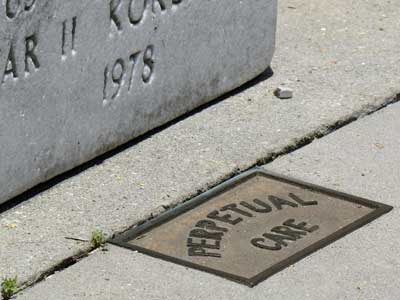
The tombs follow family lines. If there are no family members left, the plot gets returned to the church. It costs around $11K to add a body to an exsisting tomb and some $100K for a new tomb. ... Perpetual care means a company was hired to maintain the tomb. Otherwise it's the family's job.




return • continue

